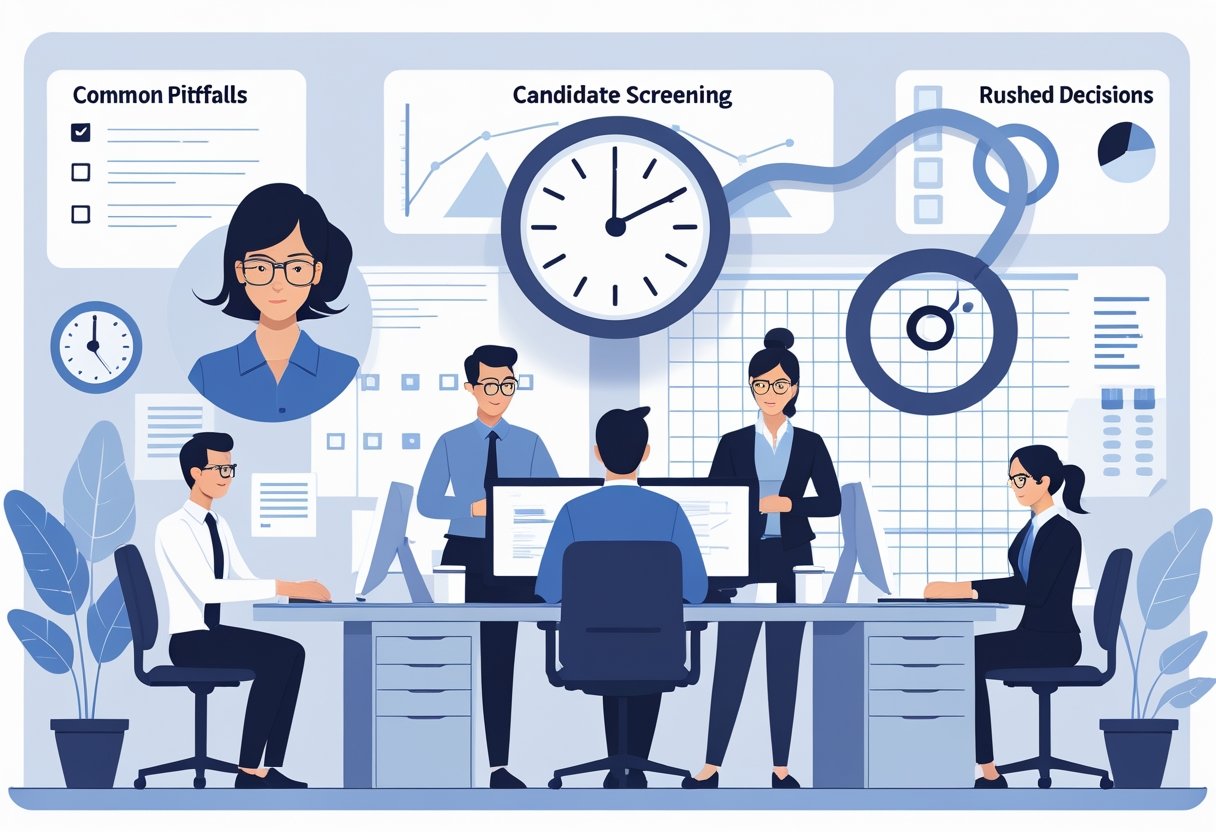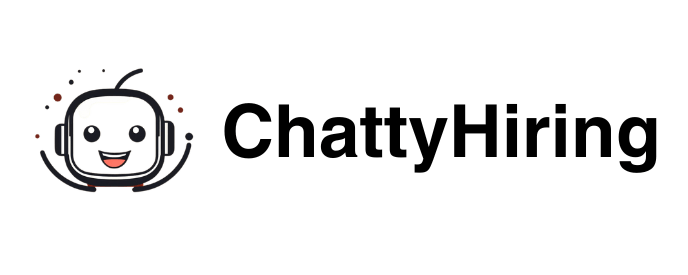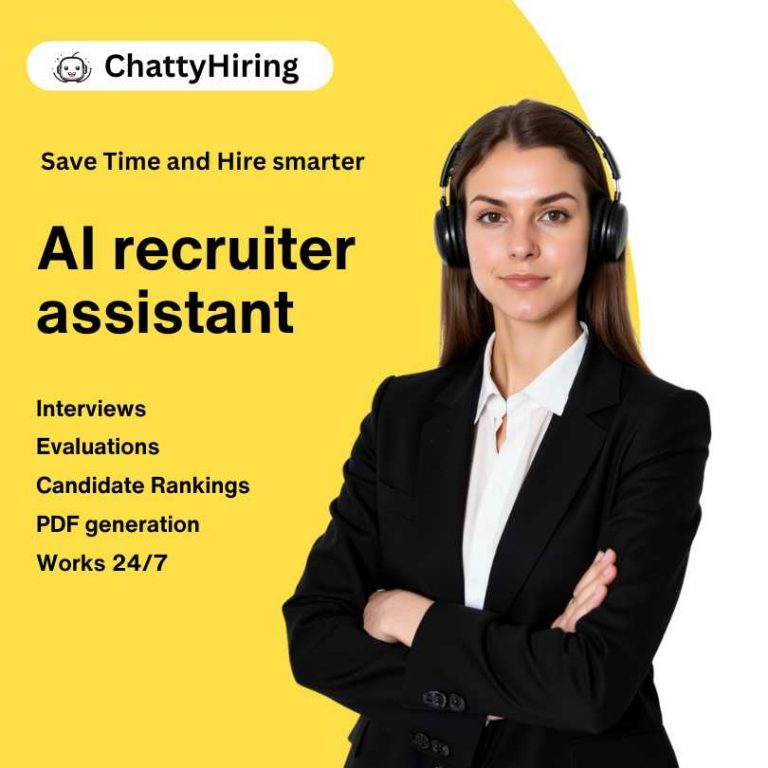Candidate screening can make or break your hiring strategy. Poor screening practices waste time and money, and can cause qualified candidates to slip through the cracks while unqualified ones move forward.
Research shows that only 20 percent of talent acquisition professionals feel confident in their ability to assess candidates using traditional methods.

The screening stage sets the tone for the entire candidate experience. When it’s handled poorly, both recruiters and job seekers end up frustrated.
Common mistakes during candidate phone screens include poor preparation, inconsistent processes, and rushing through conversations.
Common Candidate Screening Mistakes

Many recruiters make basic errors that hurt their ability to source the right talent. These mistakes can lead to costly mis-hires and wasted resources.
Overreliance on Resumes Alone
Screening candidates based only on resumes creates a narrow view of a person’s true abilities. Resumes show past jobs and technical skills but miss out on work style and personality.
Recruiters who want better results use multiple assessment tools. Phone screens help reveal communication skills and attitude, while skills tests show actual abilities instead of just what’s on paper.
Key problems with resume-only screening:
- Candidates may exaggerate their experience
- Important soft skills don’t show up clearly
- Cultural fit remains unknown
- Problem-solving abilities stay hidden
The hiring process works best when you combine resumes with other evaluation tools. This gives a more complete picture of each candidate’s strengths and weaknesses.
Ignoring Red Flags During Evaluation
Recruiters sometimes miss warning signs during candidate screening because they’re in a rush. These red flags can predict future problems with job performance or team fit.
Common red flags recruiters overlook:
- Frequent job changes without clear reasons
- Gaps in employment history with vague explanations
- Negative comments about past employers
- Inconsistent details between resume and interview answers
Experienced recruiters know to ask follow-up questions when something feels off. They dig deeper into concerning areas instead of just moving on.
Taking notes during interviews helps track patterns and concerns across multiple candidates.
Neglecting Reference Checks
Reference checks often get skipped when recruiters are pressed for time. This can lead to hiring people who had major issues at previous jobs.
Some companies only check references for final candidates, which means missing the chance to weed out poor fits earlier.
Essential reference check steps:
- Contact at least two former supervisors
- Ask specific questions about job performance
- Verify employment dates and job titles
- Listen for hesitation or vague answers
Character references from friends or family don’t really help with hiring decisions. Professional references from managers or coworkers provide honest feedback about work habits and skills.
These conversations often reveal details that interviews miss.
Bias and Inconsistency in the Screening Process

Personal bias and unequal evaluation standards can derail even the best recruitment strategies. These issues create unfair advantages for some candidates while blocking qualified talent from progressing.
Allowing Personal Bias to Influence Decisions
Recruiters sometimes make snap judgments based on factors that have nothing to do with job performance. Subconscious bias can hit underrepresented groups especially hard in the early rounds.
Common bias triggers include:
- Names that suggest gender or ethnicity
- Photos on resumes
- Educational background from certain schools
- Previous company names
- Geographic location
Many companies now use blind screening methods to remove identifying information from resumes. Tools like LinkedIn’s “Hide Candidate Names and Photos” feature help keep the focus on skills.
Effective candidate screening requires structured approaches. Standardized questions and scorecards help keep things fair by ensuring each candidate gets the same treatment.
Best practices to reduce bias:
- Use anonymous resume reviews
- Focus on job-relevant skills only
- Implement mandatory bias training
- Create diverse screening teams
Inconsistent Evaluation Criteria
Applying different standards to candidates leads to unfair outcomes in the recruitment process. When screeners use varying criteria, some qualified candidates get rejected while less suitable ones move ahead.
Standardizing screening with structured interviews and pre-defined rating scales ensures fair evaluations. Teams should clearly define what “unsuccessful,” “acceptable,” and “excellent” responses look like.
Key consistency requirements:
| Element | Standard Approach |
|---|---|
| Questions | Same set for all candidates |
| Evaluation criteria | Written rubric with specific scores |
| Time allocation | Equal interview duration |
| Reviewer training | Consistent standards across team |
Vague rejection reasons like “not a good fit” are a red flag for inconsistency. Teams should track rejection patterns and remove subjective language from their process.
Regular calibration sessions help keep everyone on the same page. Multiple screeners should review sample applications together to align their expectations.
Rushing or Relying Solely on Technology
Speed matters in hiring, but rushing the process leads to poor screening and mis-hires. Over-relying on automated systems can create blind spots that cause you to miss quality candidates.
Rushing the Screening Process
Time pressure often causes recruiters to skip important steps in candidate evaluation. Rushed hiring leads to missed red flags and poor decisions because teams don’t have enough time to properly assess each applicant.
Common rushing behaviors include:
- Skipping reference checks
- Shortening interview times
- Making decisions based on first impressions
- Overlooking skill assessments
Quick decisions might fill roles faster, but they often result in higher turnover costs. New hires who weren’t properly screened may lack essential skills or cultural fit.
Recruiters should set realistic timelines that allow for thorough evaluation. Building in extra time for screening helps maintain quality and reduce stress.
Overdependence on Applicant Tracking Systems
Applicant tracking systems (ATS) help manage large numbers of applications, but they can’t replace human judgment. These systems sometimes filter out qualified candidates who don’t use the right keywords or formatting.
ATS limitations include:
- Can’t read creative resume formats
- Misses context in candidate responses
- Over-filters based on rigid criteria
- Doesn’t assess cultural fit
Tech glitches or system errors can disrupt the entire screening workflow if you depend too much on these tools. Recruiters should have backup plans and include manual review steps.
The best approach combines ATS efficiency with human insight. Technology should support your decision-making, not take it over.
Neglecting Critical Areas of Candidate Assessment
Many hiring teams focus too much on resumes and basic qualifications, missing out on key areas that actually predict job success. Common mistakes in candidate screening often come from skipping assessment of cultural alignment, technical abilities, and interpersonal skills.
Overlooking Cultural Fit
Cultural fit is all about how well a candidate matches your company’s values and team dynamics. Some recruiters skip this step or treat it as less important than technical skills.
Companies that ignore cultural alignment usually see higher turnover. New hires who don’t mesh with the team can struggle with collaboration and job satisfaction.
Key areas to evaluate:
- Communication style preferences
- Work environment preferences
- Value alignment with company mission
- Team collaboration approaches
Recruiters should ask specific questions about work preferences and real-life scenarios. Instead of “Do you work well in teams,” try “Tell me about a time you handled a disagreement with a coworker.”
Behavioral interview questions do a better job of revealing cultural compatibility than hypotheticals. Candidates should provide real examples from their past experiences.
Failing to Evaluate Technical Skills
Resume claims don’t always match up with actual abilities. Traditional candidate screening methods can miss important indicators of technical competence.
Skills tests and practical assessments give you real evidence of what a candidate can do. These evaluations show where there’s a gap between stated qualifications and actual performance.
Effective technical evaluation methods:
- Coding challenges for developers
- Portfolio reviews for creative roles
- Case studies for analytical positions
- Simulated tasks that mirror real job duties
Relying too much on certifications and degrees doesn’t guarantee practical skills or problem-solving ability. Hands-on assessments show how candidates approach real work challenges and demonstrate their attention to detail.
Ignoring Soft Skills
Soft skills often determine long-term job success more than technical abilities. Yet, many screening processes barely touch on these crucial capabilities.
Communication, adaptability, and leadership potential have a major impact on team performance. Multiple assessment methods can help talent acquisition professionals evaluate these less tangible qualities.
Structured interviews with scenario-based questions are excellent for revealing soft skill levels. Ask candidates to describe specific situations where they demonstrated these competencies.
Reference checks from former colleagues provide external validation of soft skill claims. These conversations often uncover insights not apparent during interviews.
-

A passionate advocate for the future of HR innovation. With expertise in leveraging AI to revolutionize recruitment processes, Carlos has a clear vision: empower HR teams while creating meaningful candidate experiences.
View all posts





